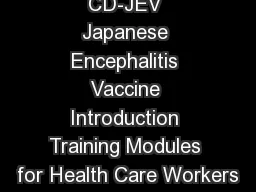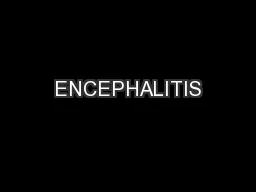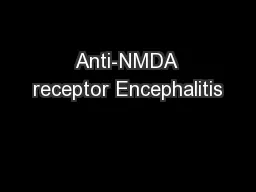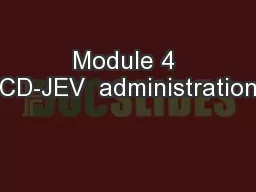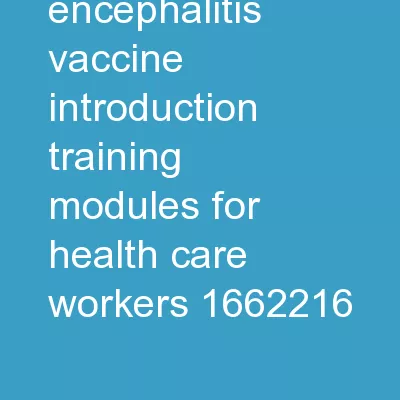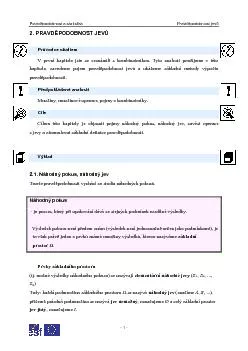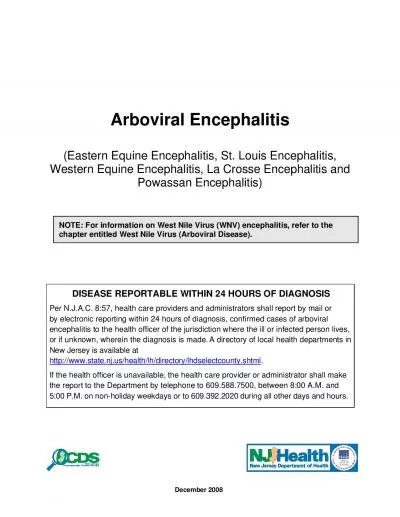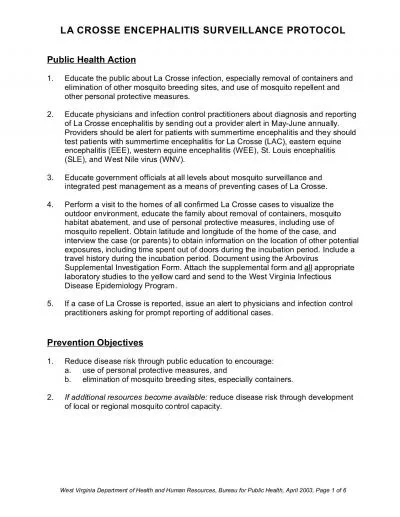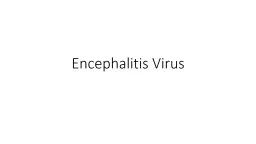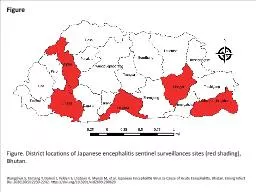PPT-CD-JEV Japanese Encephalitis Vaccine Introduction Training Modules for Health Care Workers
Author : conchita-marotz | Published Date : 2018-11-07
Module 1 Introduction to Japanese encephalitis and CDJEV vaccine live attenuated SA 14142 JE vaccine Learning objectives At the end of the module the participant
Presentation Embed Code
Download Presentation
Download Presentation The PPT/PDF document "CD-JEV Japanese Encephalitis Vaccine Int..." is the property of its rightful owner. Permission is granted to download and print the materials on this website for personal, non-commercial use only, and to display it on your personal computer provided you do not modify the materials and that you retain all copyright notices contained in the materials. By downloading content from our website, you accept the terms of this agreement.
CD-JEV Japanese Encephalitis Vaccine Introduction Training Modules for Health Care Workers: Transcript
Download Rules Of Document
"CD-JEV Japanese Encephalitis Vaccine Introduction Training Modules for Health Care Workers"The content belongs to its owner. You may download and print it for personal use, without modification, and keep all copyright notices. By downloading, you agree to these terms.
Related Documents

